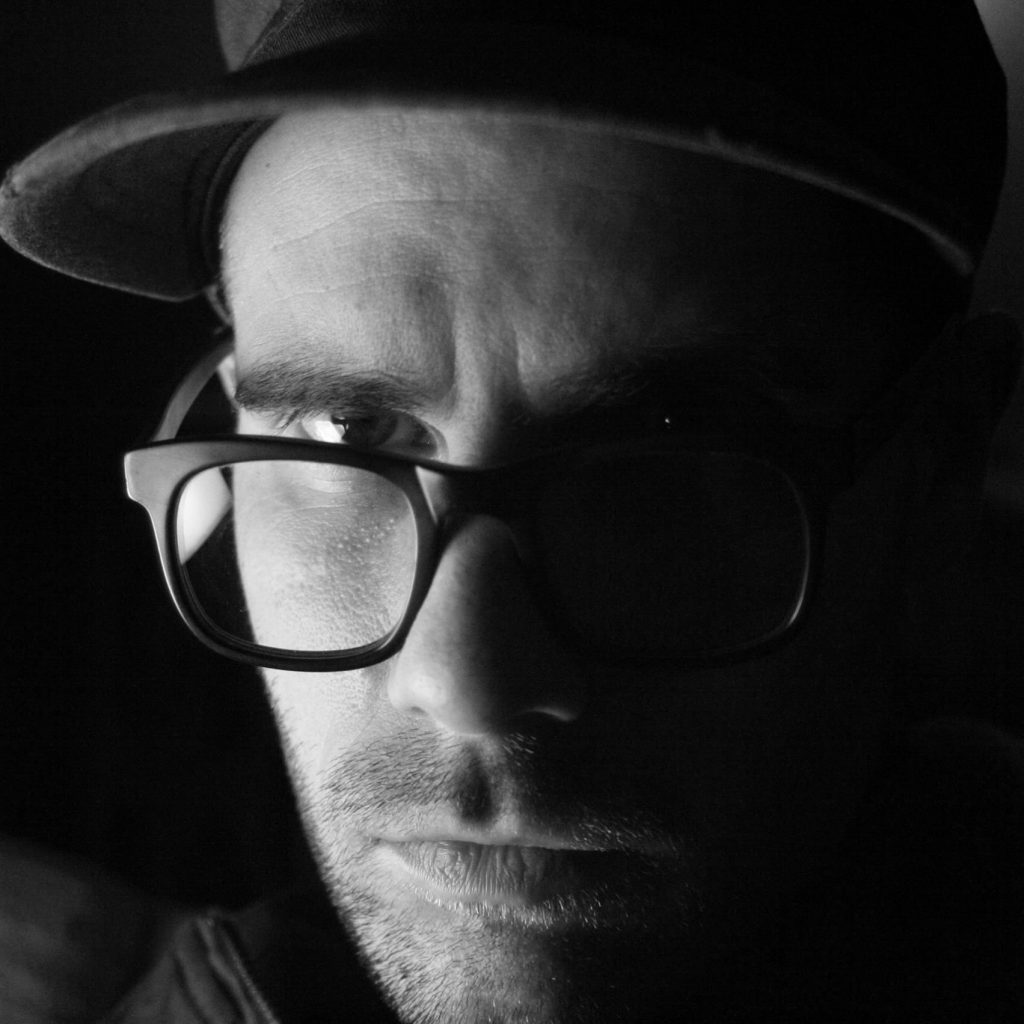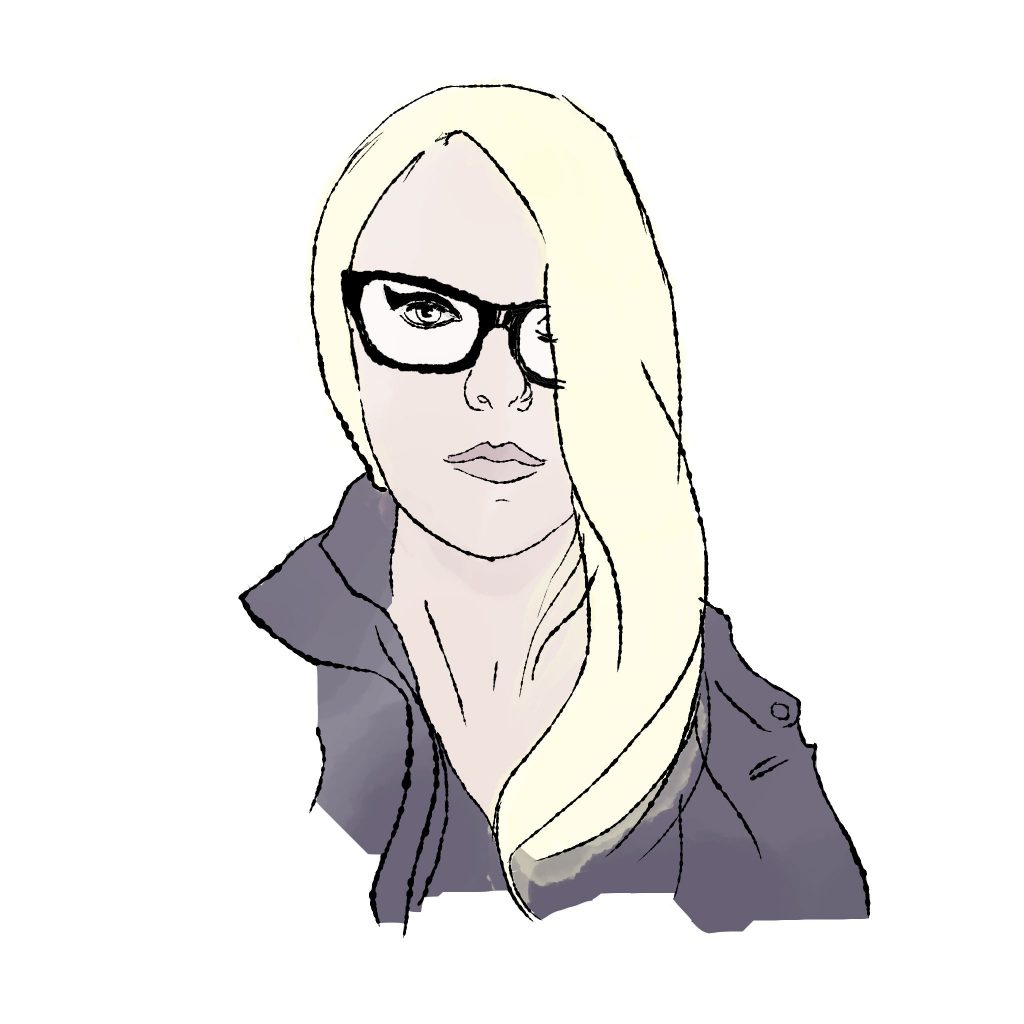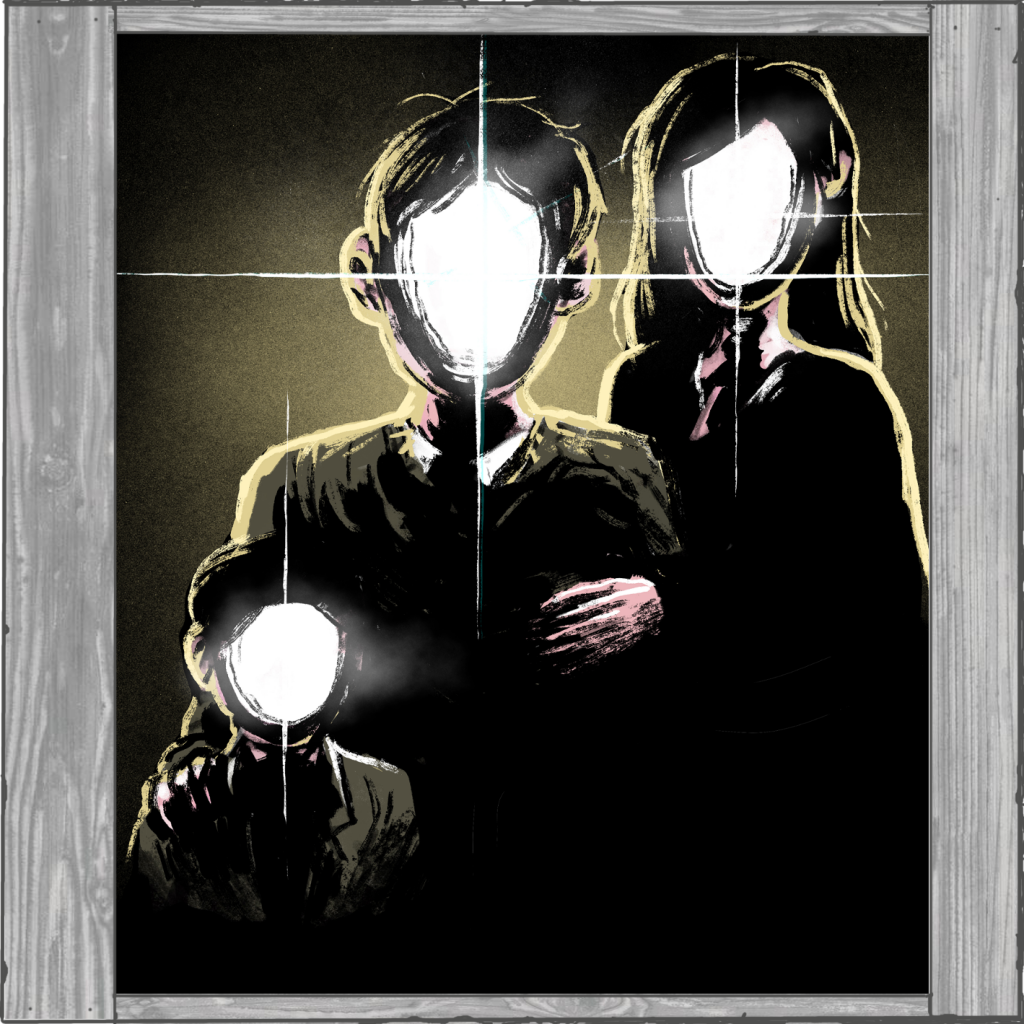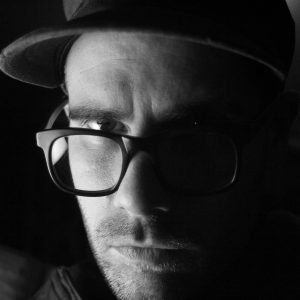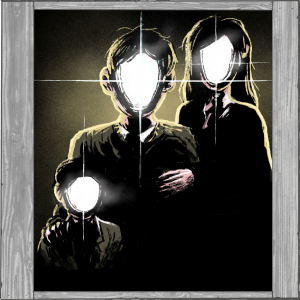Adam Michael Kozak grew up in the ‘80s listening to DJ Jazzy Jeff and the Fresh Prince and Aerosmith. When he was a child, his mother played the digital organ they had set up in their living room, which she mainly played Barbara Streisand and Andrew Lloyd Weber show tunes on. Adam had begged for piano lessons, simply to learn to play Motley Crue’s “Home Sweet Home.” After only two months of lessons, he grew bored and didn’t touch an instrument until he was 13 years old.
With the influence of his “hair metal brother” who sold him his bass guitar, Adam picked up the interest and learned to play Ministry’s cover of “Lay Lady Lay.” It continued from there.
“I joined my first ‘real’ band when I was 17,” Adam told me, “screaming in a post-hardcore outfit called Last In First Out.” I actually still have a copy of one of their CDs I picked up at a show back in early ‘00s. I bet I got it at the old Flywheel when it was on the corner of Cottage Street. Adam and I stem from the same High School and his early work as a musician is what initially made me interested in local music.
Over the years, he played in multiple bands, juggling instruments. Bass, guitar, vocals, synth, percussion. For a band named Sylphid he played like 30 different instruments.
“The rigors of touring, conflicting personalities, and my own musical workaholism eventually eroded my interest in making music in bands,” Adam said. So he ventured on a different path of becoming a solo artist making noisy, electronic pop under the name of Tundra Toddler. That project was birthed from a period in his life that caused great turmoil.
“Listening back to the music is painful, both because of the time period that I inevitably revisit, but also because most of the songs were written and recorded when I was drunk which, let me tell you, does not make for very good music,” Adam said. In December of 2017, that project was abandoned since the role it served was no longer necessary.
Over the 22 years Adam had invested in making musical projects, going from one genre to the next, the appreciation with one particular vessel was always present. “[The] endless well of fascination with synthesizers of all kinds and an even deeper love of horror as a medium with which we re-contextualize our fears into things grotesque and beautiful and explore them through the safety of spectating vicariously.” I’d check out anything if it had that quote attached to it.
“As I poured Tundra Toddler down the toilet like Tupperware full of rancid soup,” Adam explained, “I thought it would be fun to combine those two obsessions for a future project.” Then a month or so later, he was misdiagnosed with diverticulitis. It was the middle of winter, he wasn’t working, he was on a liquid diet and was absolutely terrified that his body was revolting against him. He couldn’t sleep, so he spent long nights researching unsolved murders and high-profile disappearances.
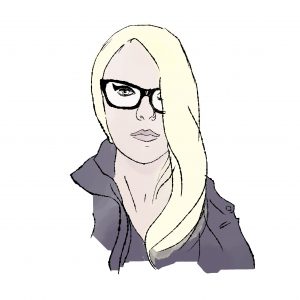 With the perfect recipe: creative energy, the fear of becoming deathly ill, analog synthesizers, lack of sleep, disturbing unsolved murders, and a love for extreme horror, Burial Grid came to life. Three weeks later — April 2018 — the first full-length Where We Go was released.
With the perfect recipe: creative energy, the fear of becoming deathly ill, analog synthesizers, lack of sleep, disturbing unsolved murders, and a love for extreme horror, Burial Grid came to life. Three weeks later — April 2018 — the first full-length Where We Go was released.
The name of the project was based on two worlds “seemingly at odds with one another — ancient and ceremonial vs. modern and coldly structured — but both products of human technology.” Also paying homage to one of his favorite horror films, Burial Ground. “Since this clearly seemed to be a project focused on demystifying death, decay, and the afterlife, it seemed perfect,” he said.
Adam’s technique is to start with a theme or concept and build the music up around that. He did some research on brain death after reading excerpts from the book Word on the Threshold. He also researched famous last words of high-profile people as they were passing. He saved some of the most beautiful and those became the lyrics for the song “Every Color All At Once.” He took the tonal cue from movies Jacob’s Ladder, Poltergeist, and Enter the Voids to create a dark psychedelic journey. “Lastly, I referred back to old experiences of depersonalization when taking psychedelics,” Adam added.
“My Body Dissolves as I Watch and Dissolve is about the perceptual-emotional kaleidoscope that I can only imagine that we experience when physically passing, as much as it is about the confluence of emotions that we experience when our egos die and we see ourselves objectively. As others see us. Uncolored by our own self-bias,” Adam’s description of his phenomenal dark, beautiful project.
Opening track “Blinking Heads in Baskets” immediately sends us on our way on the road trip we are all about to experience, through life and death. It paints a picture, a cinematic sci-fi adventure. Adam’s vocals become present during the middle of the track. Disguised, alien-like, and haunting, melting into the synthesizers with a repeated string of lyrics “I’ll never wake up again, never wake up again …”
The instrumental “White Tunnel Black Tunnel” has upbeat sounds counteracting with low, droning vibrations that continue the sci-fi score of this story. At the two and a half minute mark, the sounds resemble heart beats mixed with water bubbles. As if we have now moved into the inside of the body, but just for a moment. To reach that step of transition where the particles start to separate. It’s soothing and makes it feel like it’s OK, its natural.
Once we get to the middle of the album with “Voids,” I feel like we are at the acceptance part now. It’s pretty sounding and the lyrics resemble the memories of the life you’re about to part with. “My body dissolves as I watch and dissolve / Goddamn the bland days / We spent like flies / In a hazy loop of June / But the fields / All ache with frost” Then holy fuck … at the 4:30 mark it turns dark. Dark as in Pink Floyd’s The Dark Side of the Moon and I hear the influence of Floyd in the wailing guitar solo that seriously has a story to tell — but it only speaks in your own specific language. Everyone hears the story different. “We lived / But now it’s time / Spin off into your void / And I’ll sink into mine”
“An Unwilling Spectator,” this track sends me to space. The synth in this is just pure satisfaction, I see stars. Is that where we are heading? Is that life after death? The muffled, distorted spoken words “At home / Naked / Sleepless / Silent / Cradle stirs / No baby / I have no / No baby / Got no cradle / But something screams” makes it feel like it’s your random thoughts as heard from the inside of your head if you were in your own body. I mean, if you’re into taking psychedelics, this may possibly be the best jam, ever, for you. It was an out-of-worldly experience for me and I was just sipping a vodka soda.
The last track, “Every Color All At Once,” has a funk vibe to it. You can hear Adam’s soothing vocals, distorted through the funk. It ends on a happy note. This is the track with the famous people’s last words as they passed for lyrics. “I’m bored with it all / But I can hear the music all around me / I must go in for the fog is rising.”
A live band has been assembled featuring Andy Kivela, John Trudeau, and Josh Owsley and shows will start happening sporadically, but mostly for small festivals. Adam didn’t want to play live with this project because the most fun he has making music is the production that goes on behind the scenes to produce the album. Recreating it night after night is stressful. “A sculptor isn’t pressured into making replicas of their work each night,” Adam said.
My Body Dissolves as I Watch and Dissolve is available March 22 in digital format, and Peace and Rhythm Records will be releasing it on cassette in late spring.
Jennifer Levesque writes the twice-monthly column, Valley Show Girl, you can reach her at www.valleyshowgirl.com.

